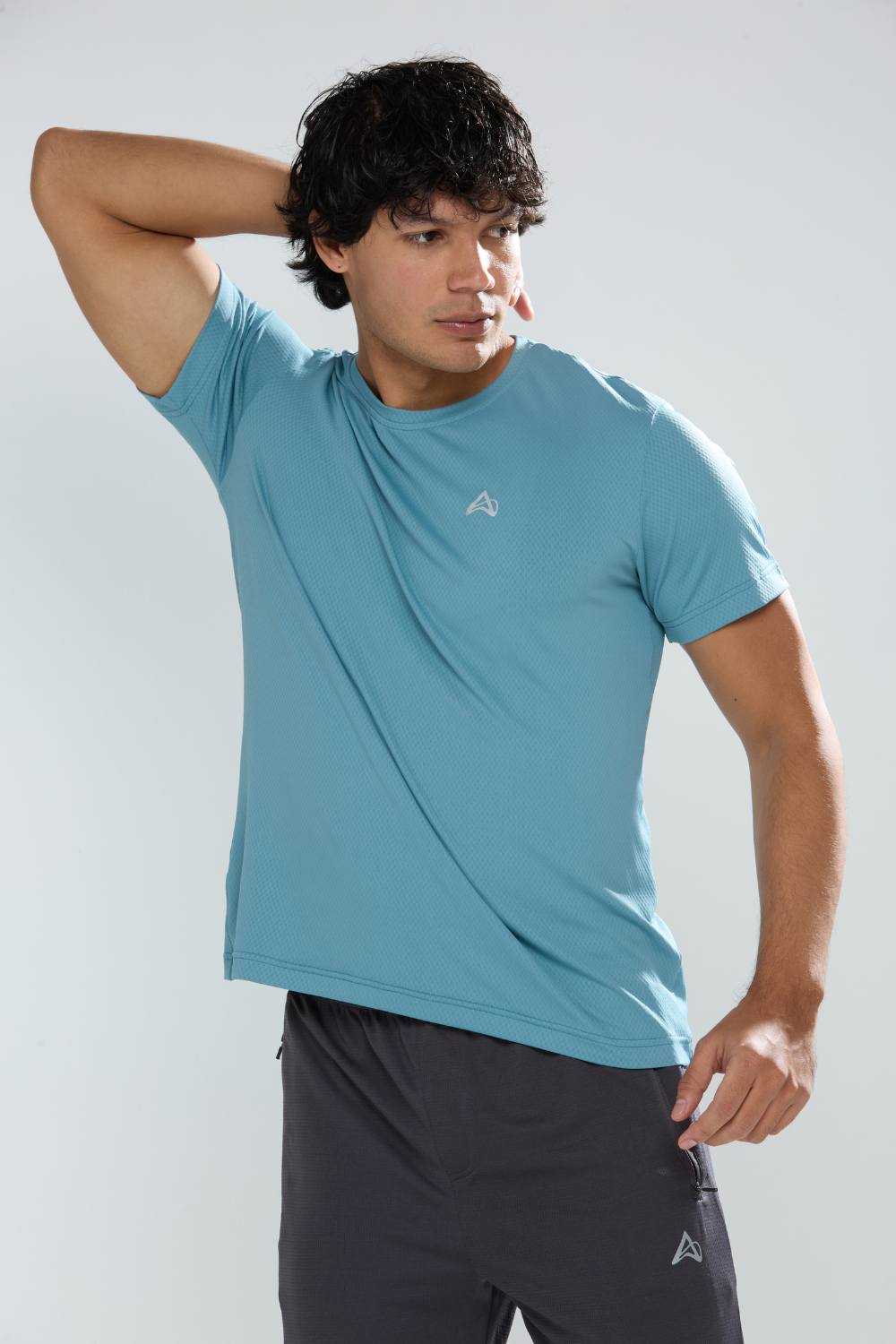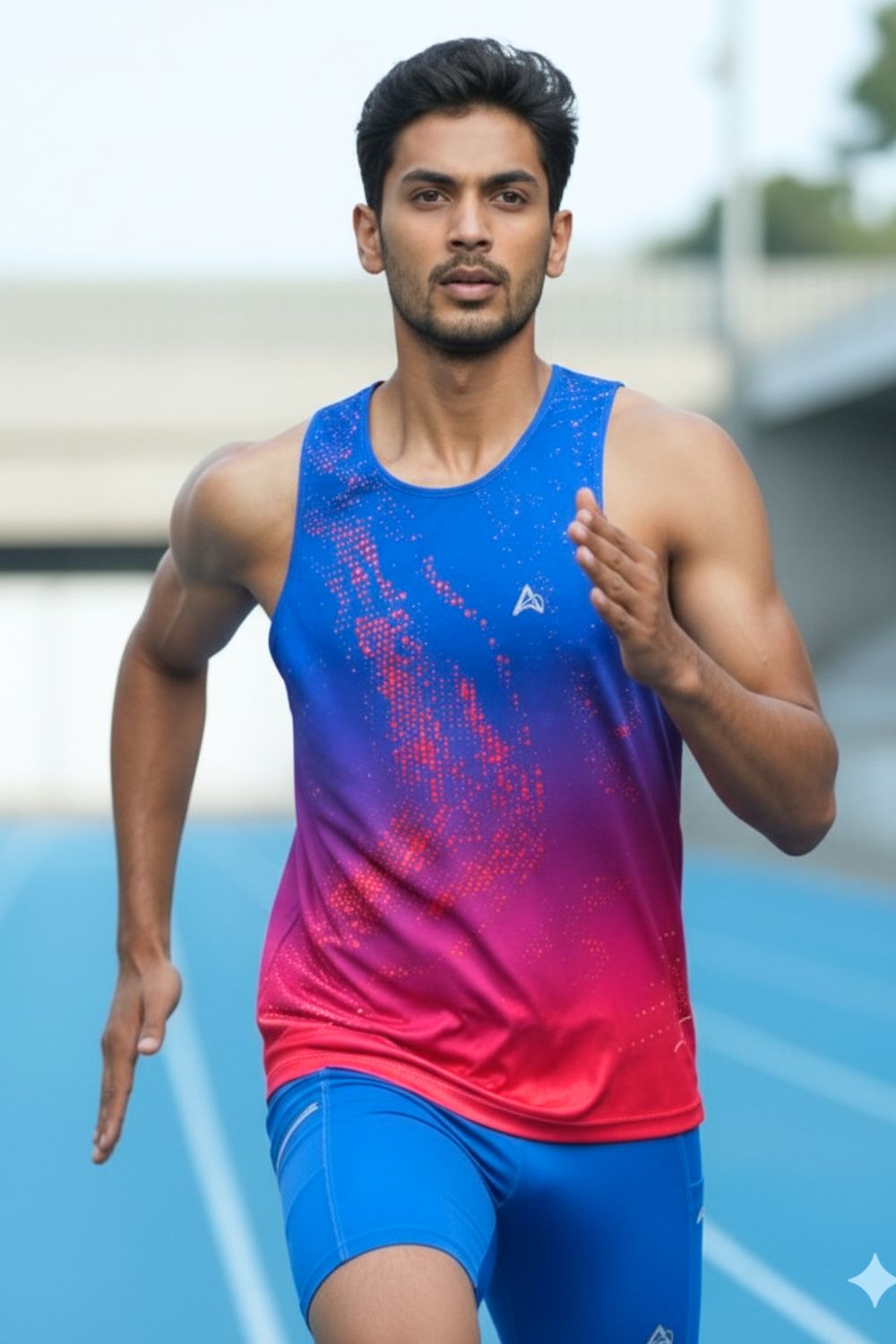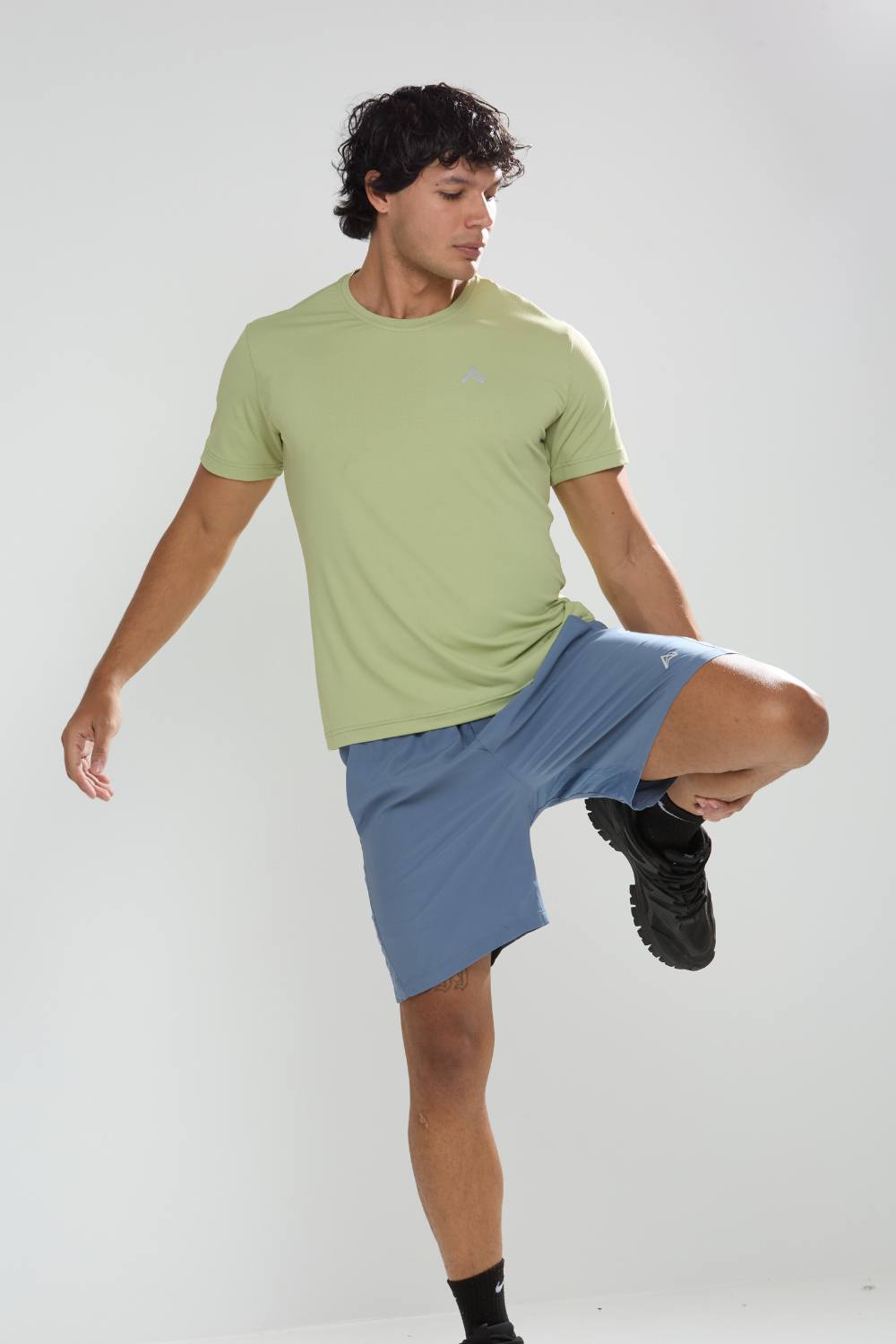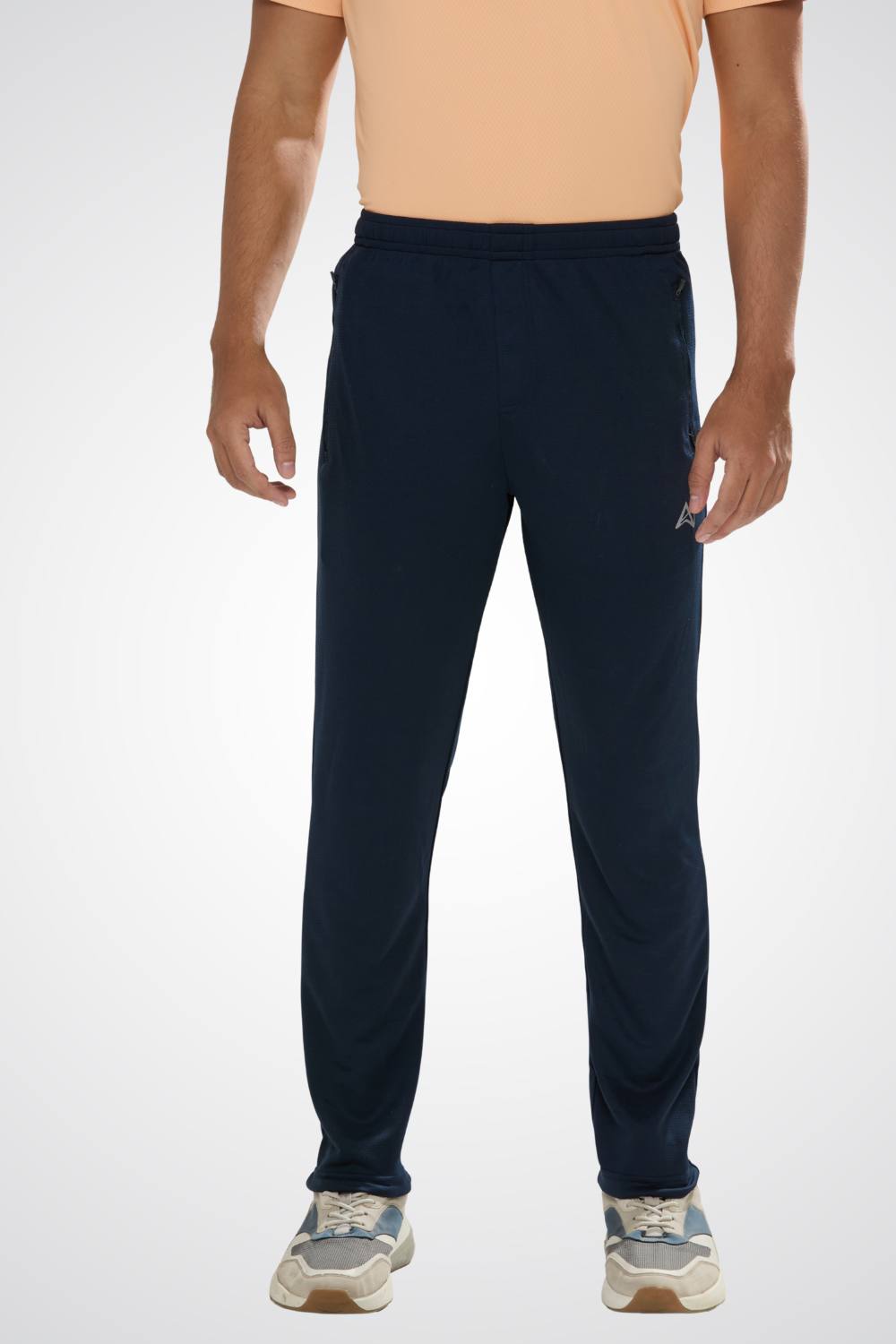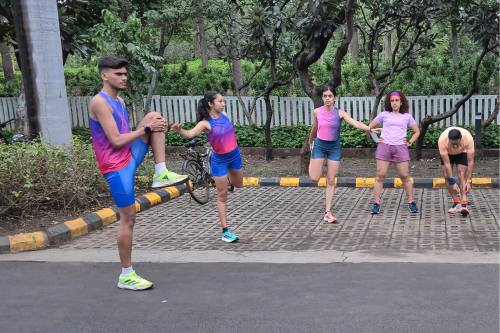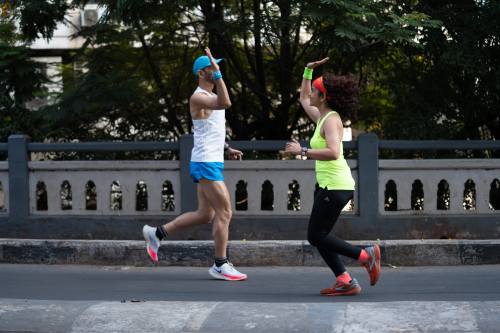Quick Listen:
The sun hasn't yet risen, but thousands of runners are already lacing up, their phone screens glowing with training plans crafted by algorithms or elite coaches they'll never meet in person. A gym-goer in a small town follows a workout designed by an Olympian, streamed live from a studio halfway across the globe. This isn't a sci-fi fantasy it's the reality of fitness in 2025, where online platforms have cracked open the once-exclusive world of elite training, making it accessible to anyone with a smartphone and a dream.
Tired of gear that slows you down? Chafing, soggy fabrics, and missing pockets kill your run's momentum. At Aguante, we're runners who get it. Our high-performance activewear features moisture-wicking fabrics, ergonomic designs, and smart storage to keep you focused. Shop Now!
How Online Platforms Are Making Elite Training Accessible to Everyday Athletes
Digital coaching and virtual communities are reshaping how recreational athletes runners, gym-goers, cyclists train, pushing them closer to the kind of performance once reserved for professionals. The activewear and performance sports apparel sector, long focused on aesthetics and branding, now plays a pivotal role in this transformation, tying products to tangible outcomes like faster sprints or stronger lifts. The demand for high-level guidance has surged, fueled by a cultural shift toward fitness as a lifestyle, not just a hobby. Online platforms have become the bridge, connecting everyday athletes to tools, coaches, and communities that were once out of reach.
The numbers tell the story. According to a 2022 report from Polaris Market Research, the global e-learning market, which includes digital fitness training, was valued at $214.26 billion in 2021 and is projected to grow at a compound annual growth rate of 20.5% through 2030. The COVID-19 pandemic accelerated this shift, as restrictions on in-person education and training pushed both institutions and individuals online. The result? A boom in platforms offering everything from AI-driven workout plans to live-streamed sessions with world-class trainers.
The Rise of Digital Coaching
Subscription-based training apps are now as common as running shoes. Platforms like Strava, Nike Training Club, and Garmin Coach have become household names, offering tailored plans that adapt to a user's progress. Wearable devices smartwatches, heart rate monitors sync seamlessly with these apps, providing real-time feedback that rivals an in-person coach. The integration of artificial intelligence and machine learning, as noted in the Polaris report, allows these platforms to customize workouts based on individual needs, whether it's a marathoner aiming for a personal best or a beginner mastering a deadlift.
Virtual group training has also exploded, blending the camaraderie of a local running club with the reach of the internet. Hybrid models, combining pre-recorded sessions with live coaching, cater to busy schedules. Some platforms, like Peloton, have built entire ecosystems around community, where users join live classes or compete on leaderboards. Apparel and footwear brands are jumping in, too, launching their own training platforms or partnering with existing ones. Nike, for instance, bundles free coaching plans with certain shoe purchases, turning a product into a performance gateway.
Real Athletes, Real Results
Take Strava, a platform that's become a virtual home for runners and cyclists worldwide. It's not just a tracking app; it's a community where amateurs swap tips with pros and follow training plans crafted by elite coaches. One user, a 40-year-old teacher from Ohio, described how Strava's challenges guided by Olympians helped her shave minutes off her half-marathon time. Nike Training Club offers another example, with its library of workouts led by trainers who've worked with top athletes. These platforms don't just provide plans; they foster a sense of belonging, connecting users to global communities of like-minded fitness enthusiasts.
Apparel brands are also getting creative. Some, like Adidas, have experimented with bundling training access with purchases, offering free months of premium coaching apps with new gear. Others host live-streamed sessions where trainers break down techniques while subtly showcasing the brand's latest apparel. These efforts blur the line between product and performance, positioning brands as enablers of success rather than just sellers of stuff.
The Hurdles of Going Digital
But this digital revolution isn't flawless. Access remains a sticking point. Stable internet, high-end devices, and premium subscriptions often $10 to $40 a month aren't a given for everyone, creating a digital divide that mirrors broader inequalities. A runner in a rural area with spotty Wi-Fi might struggle to stream a live coaching session, while a low-income athlete may balk at subscription costs.
There are risks, too. AI-driven plans, while sophisticated, can sometimes feel impersonal, lacking the nuanced feedback of a human coach. Without in-person oversight, improper form can lead to injuries, especially for beginners pushing too hard. And with so many apps vying for attention hundreds clogging app stores users can feel overwhelmed, bouncing between platforms without committing to one. The Polaris report highlights how the sheer volume of options has led to market saturation, making it harder for platforms to stand out.
Opportunities for Brands and Athletes
For apparel and sports brands, these platforms are a goldmine. By integrating training tools, companies like Under Armour or Lululemon can build loyalty that goes beyond a single purchase. A runner who trains with a brand's app is more likely to buy its shoes again, especially if the app's data suggests gear tailored to their stride. Global communities fostered by these platforms also elevate brands from mere retailers to performance partners, creating emotional connections that drive sales.
New monetization models are emerging, too. Tiered subscriptions offer everything from basic plans to VIP access with one-on-one coaching. Partnerships with gyms and fitness studios extend a brand's reach, while integration with wearables opens new revenue streams. Perhaps most exciting is the potential for data-driven innovation. Training apps collect mountains of data cadence, heart rate, recovery times that can inform apparel design, like shoes optimized for specific running patterns or leggings built for high-intensity intervals.
A Future Where Everyone's an Elite
The future of online training is dazzling. AI is poised to get even smarter, delivering hyper-personalized plans that adjust in real time to an athlete's fatigue or progress. Virtual reality could transform workouts, letting users train in immersive environments a mountain trail, a packed stadium without leaving home. Some experts even predict a fitness metaverse, where avatars sweat alongside friends or pros in digital gyms.
Industry leaders are optimistic. “We're not just selling products anymore,” says a Nike executive. “We're building ecosystems where athletes, from beginners to Olympians, can thrive.” The takeaway is clear: elite training, once the domain of a privileged few, is now a scalable reality. Online platforms have leveled the playing field, empowering anyone with grit and a Wi-Fi signal to chase their personal best. For brands and athletes alike, this is more than a trend it's a revolution, stitching together apparel, technology, and ambition into a future where everyone can train like a pro.
Frequently Asked Questions
How are online fitness platforms making elite training accessible to everyday athletes?
Online platforms like Strava, Nike Training Club, and Garmin Coach now offer AI-driven workout plans and live-streamed sessions with world-class trainers directly to consumers through subscription apps. These digital coaching platforms integrate with wearable devices to provide real-time feedback that rivals in-person coaching, while fostering global communities where amateur athletes can access training plans crafted by Olympic-level coaches. The result is democratized access to elite-level guidance that was previously only available to professional athletes.
What are the main challenges and costs of digital fitness training platforms?
Digital fitness training faces several barriers including the digital divide, with premium subscriptions costing $10-40 monthly plus requirements for stable internet and high-end devices. Without in-person oversight, users risk injury from improper form, especially beginners, while AI-driven plans can feel impersonal compared to human coaches. Market saturation with hundreds of competing apps also creates decision paralysis, making it difficult for users to commit to a single platform for consistent results.
How do sports apparel brands benefit from partnering with online training platforms?
Apparel brands like Nike, Adidas, and Under Armour use training platforms to build customer loyalty beyond single purchases by positioning themselves as performance partners rather than just retailers. These partnerships enable new monetization models through tiered subscriptions, bundled coaching access with gear purchases, and data-driven product innovation using training metrics like cadence and heart rate. The integration creates emotional connections with customers while generating valuable data to inform future apparel design, such as shoes optimized for specific running patterns.
Disclaimer: The above helpful resources content contains personal opinions and experiences. The information provided is for general knowledge and does not constitute professional advice.
You may also be interested in: Indian Activewear Brands Expand Reach via Social Media
Tired of gear that slows you down? Chafing, soggy fabrics, and missing pockets kill your run's momentum. At Aguante, we're runners who get it. Our high-performance activewear features moisture-wicking fabrics, ergonomic designs, and smart storage to keep you focused. Shop Now!
Powered by flareAI.co





